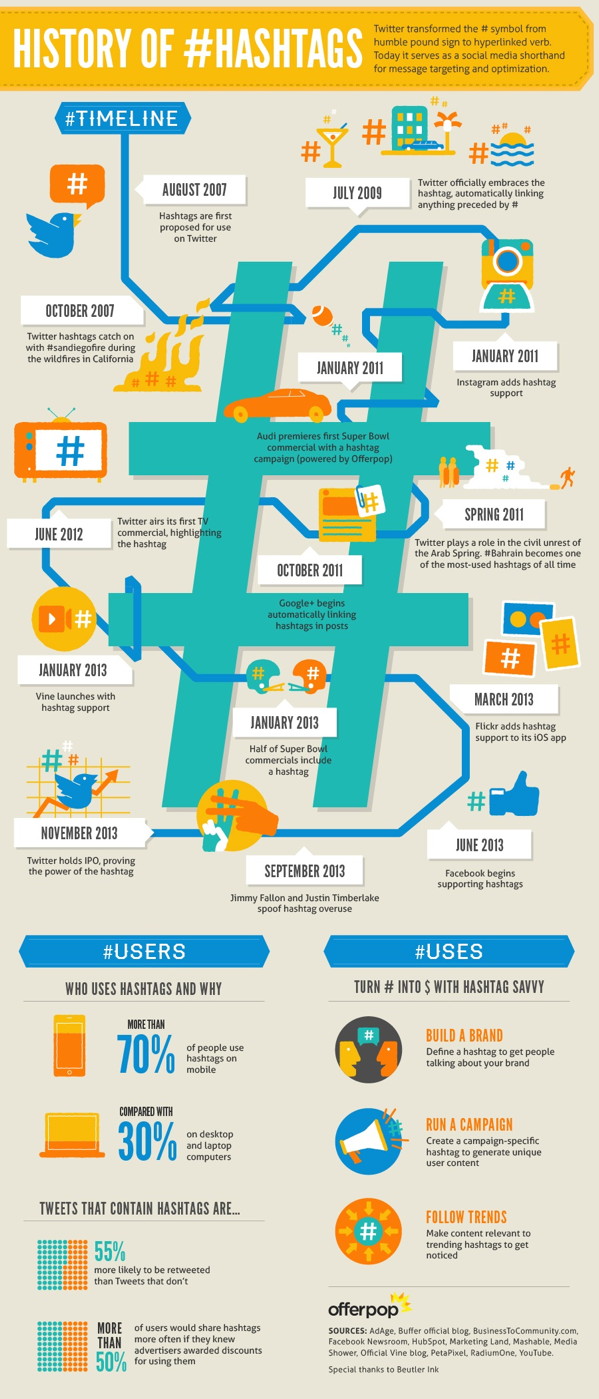Influencer Trust and Recommendation – A real challenge for marketers (Infographic)
Some years ago and in many seminars, we make clear that the 3Rs of social consumers will revolutionize the sales world: ratings, reviews and recommendations. However, the question arises what make people recommend brands and services? What is their intrinsic motivation or human driver that makes them push out more positive comments around a brand.
A recent infographic by Social Media Link pulled together the most important findings of a study that surveyed 24.000 social media consumers. Still, the best customer experience that leverages recommendations is “a positive experience with the brand” (93%) and “receiving a free product or sample” (79%). On the other hand, a poor customer experiences motivates sharing, too. 71% stated “a negative experience with a brand” makes them write a review as well.
The survey respondents also mentioned that they are more likely to trust a product recommendation on Facebook than any other social network (71%), followed by Instagram with only 38%.
Not surprisingly, Facebook and retailer websites ist he place to discover new brands and services (53%). However, for purchasing the retailer becomes more important and after purchasing a product people use predominantly Facebook to share their buy (54%) – again Instagram comes in second place.
Spot On!
Now, when you think you just need to give a free product to someone, it makes them write a review or recommendation, you might be wrong. Although, 88% trust friends’ and family members’ reviews when these write about their give free product in exchange, the bloggers only come in at 78%. BUT: Is payment included in exchange for the review, trust-level goes down – especially at bloggers to 48%. Still, the best way ist o have apersonal story which is authentic, not animated and personal.






